Firefly Aims to Rival MINI, Li Bin Extracts Every Last Drop of Efficiency
![]() 04/22 2025
04/22 2025
![]() 501
501
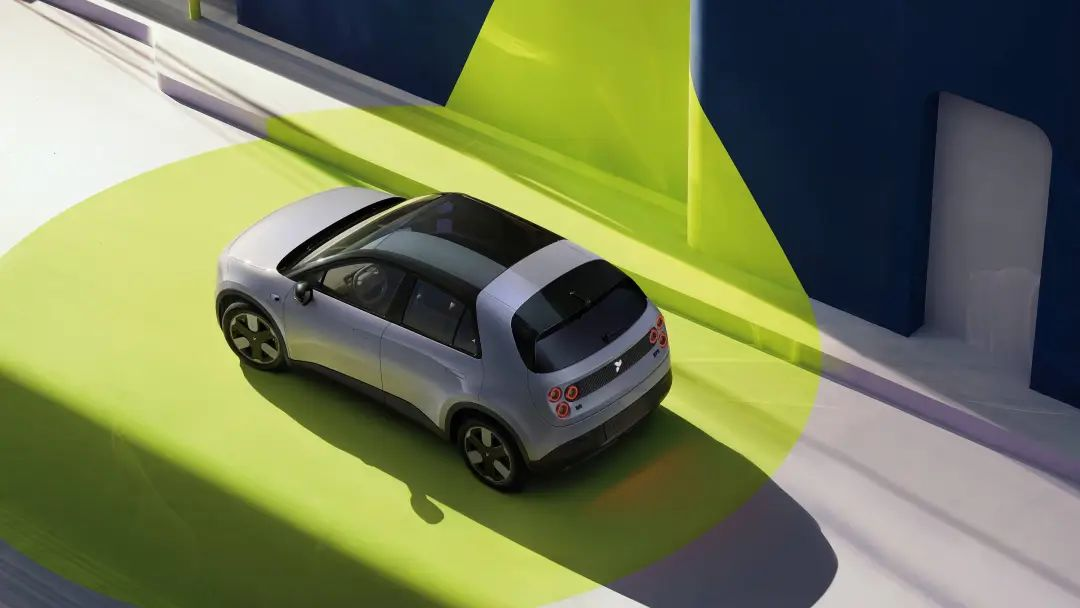
Lower Prices with Maintained Gross Margins
Author | Wang Lei
Editor | Qin Zhangyong
There was no lavish launch event or opulent venue. NIO's third brand, Firefly, debuted in a highly "pragmatic" manner. It was held at the NIO House in Shanghai Center, and the planned brand demonstration station was canceled at the event.
All efforts were geared towards cost reduction and streamlined operations.
The starting price of 119,800 yuan is significantly lower than the previously announced pre-sale price. The high-end version is priced at 125,800 yuan, with the primary difference between the two configurations being interior materials—fabric for the low-end and leather for the high-end.
Firefly has entered NIO stores in terms of sales channels. According to Li Bin, Firefly is poised to become one of the best-selling high-end compact cars and will help accelerate NIO's progress towards its Blue Sky Coming mission.
01
Always Competing with MINI
"I wouldn't even consider a Firefly at 150,000 yuan, but for 120,000 yuan, I'd place an order right away."
This joke after the price announcement perfectly captured the shift in public opinion surrounding Firefly's launch.
Firefly's official selling price is nearly 30,000 yuan lower than the pre-sale price of 148,800 yuan announced at NIO DAY, amounting to a 20% discount. For an A0-class compact car, such a pricing adjustment is substantial.
This move earned Li Bin the title of "Brother Bin" once again.
Regarding the price change, Firefly President Jin Ge provided an explanation at the post-launch communication meeting. The rationale is straightforward: MINI had reduced its price by tens of thousands of yuan, and Firefly's positioning is as a highly intelligent high-end compact car. Clearly, it needed a value anchor point, and 148,800 yuan was the internally set anchor point at that time.
As for why it's now 119,800 yuan, Jin Ge noted that over the past six months, the Chinese auto market has undergone significant price band reshapings and adjustments in users' psychological expectations for electric vehicle prices across all market segments. These changes occurred alongside the launch of competitors' products.
This explanation is quite direct. A major reason for the pricing adjustment is changes in the external environment. As the price war intensifies, users' expectations for all models' prices have shifted. Firefly couldn't afford to push ahead blindly.
Of course, this price also takes into account the product's gross margin. Li Bin revealed that this price still ensures a certain gross margin.
However, the price change hasn't altered Firefly's benchmark competitive product.
Li Bin had previously stated that Firefly's positioning is "more Mini than Smart, more Smart than Mini".
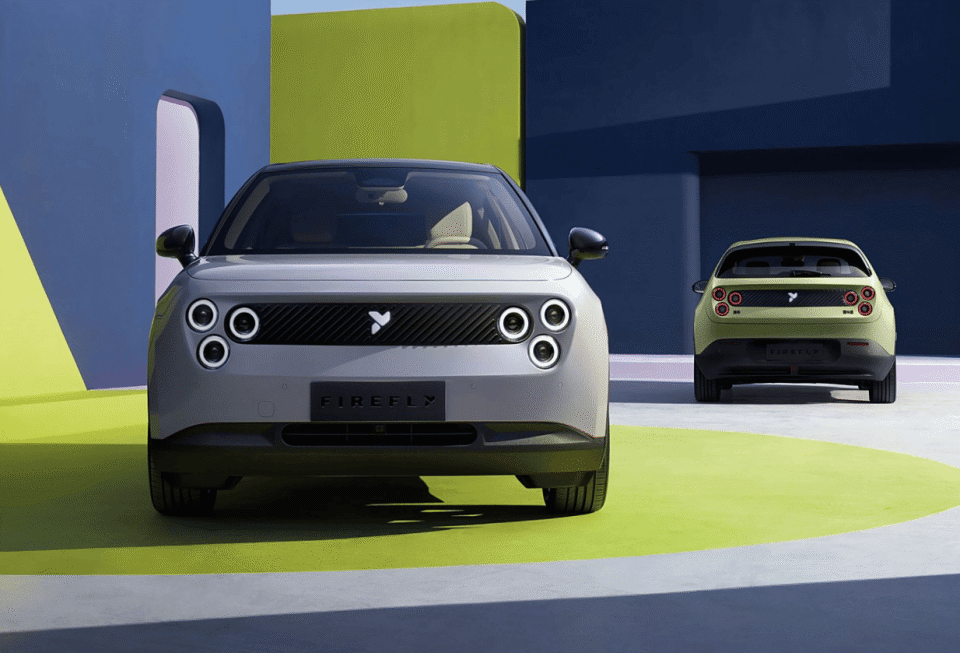
Now, Li Bin and Jin Ge have reiterated that Firefly will always target MINI and won't waver.
Similar to early MINIs, Firefly will initially focus on one model. As for how to derive other models from this one, it will depend on earning revenue or achieving profitability.
However, there will be some changes in the price range. In Jin Ge's words, the hope is that this pricing will make Firefly a gravitational product within its price segment.
Li Bin added that they hope this pricing will enable Firefly to transcend traditional price tier classifications. Users who originally bought cars costing 80,000 to 90,000 yuan can now afford it, and users of larger cars, like ET9 users, can also choose it as an additional purchase.
Despite the "surprising" price, Firefly continued NIO's tradition of not disclosing specific order numbers. Jin Ge said that the number of orders from the pricing announcement to the communication meeting was in line with expectations and quite good.
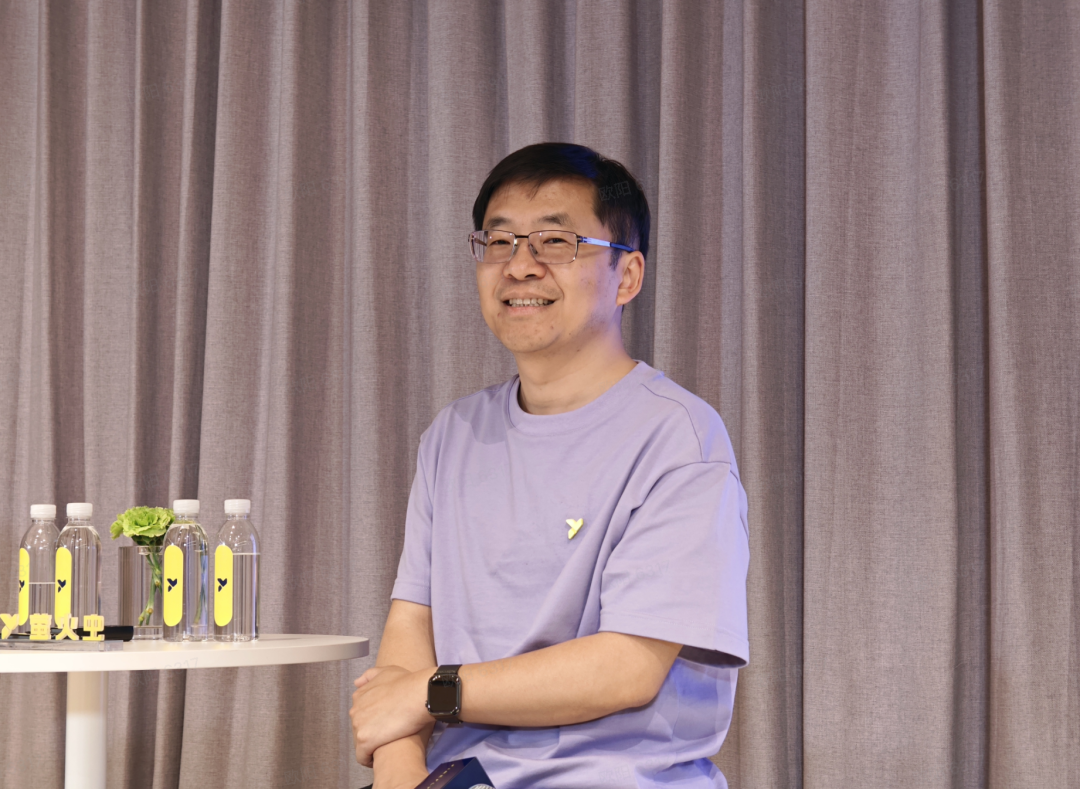
Regarding future sales targets, it seems that due to Letao's "precedent," neither Li Bin nor Jin Ge set a flag. However, Li Bin believes that Firefly will undoubtedly become one of the best-selling high-end compact cars.
Regarding long-term goals, Li Bin didn't shy away and even used MINI as an example, hoping that Firefly can eventually reach about 10% of NIO's total sales volume. This is because MINI roughly accounts for 10% of BMW's sales, but Firefly is NIO's newest brand and still needs time to develop.
It's worth mentioning that Firefly doesn't plan to stockpile a large number of cars for delivery. In Li Bin's words, "Stockpiling cars also costs money, and now we have to count every penny."
Moreover, Firefly won't initially set up separate battery swap stations and will instead be integrated into NIO's fifth-generation battery swap stations. At the same time, modular exhibition stands will be integrated into NIO's sales system.
The simplified sales process indicates that Li Bin has started focusing on increasing revenue and reducing expenditures. Under the pressure of losses, NIO is attempting to tell a new story in a more pragmatic manner.
02
UI Design as a Highlight
Finally, let's take a closer look at this "high-end compact car" that has polarized public opinion.
Setting aside the controversial exterior design, Firefly's core advantages lie in its powertrain. Firefly adopts the only rear-wheel-drive system in its class, with a maximum power of 105 kW. Thanks to the high integration of the 6-in-1 electric drive system, Firefly's energy consumption per hundred kilometers is as low as 10.9 kWh, enabling it to travel 10 kilometers on 1 kWh of electricity.
It's equipped with a 42.1 kWh lithium iron phosphate battery pack, offering a CLTC pure electric driving range of 420 kilometers. The only difference between the two versions is the interior seat material, with other configurations being identical.
Additionally, the chassis is jointly tuned by NIO and the ultra-luxury tuning team Multimatic, providing 117 tuning schemes for various scenarios. It adopts a front MacPherson and rear five-link independent suspension structure.
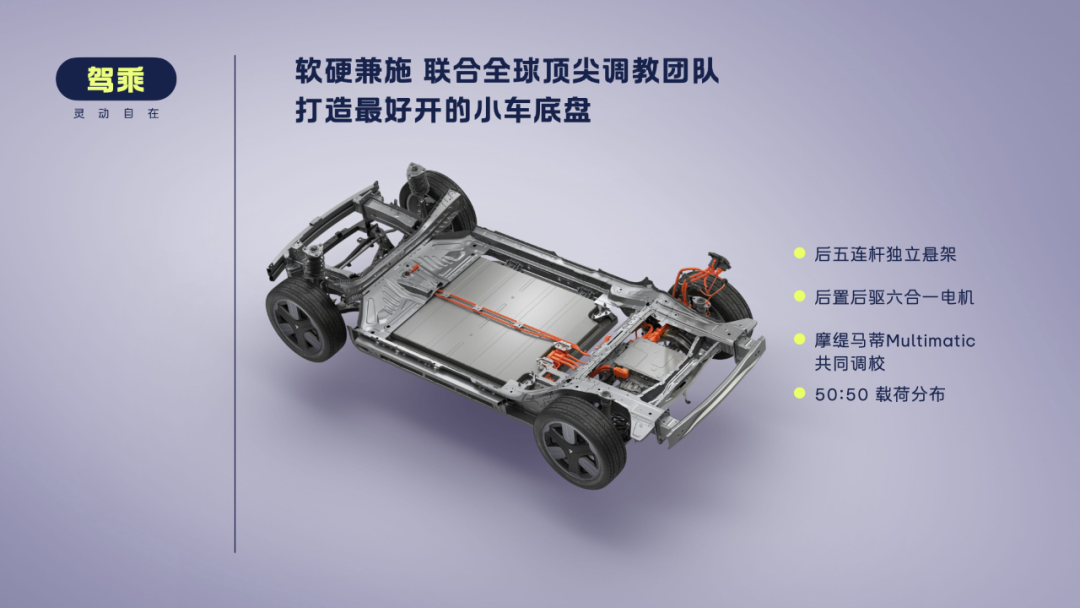
Thanks to the optimized suspension structure, Firefly's turning radius is only 4.7 meters, the smallest in its class. It also comes standard with comfortable braking and an adaptive energy recovery system. In actual driving, it can reduce body shake amplitude during start-stop and significantly minimize motion sickness.
In terms of dimensions, the new car measures 4003/1781/1557mm in length, width, and height, with a wheelbase of 2615mm. It's a standard compact car with a hatchback body.
Like MINI, it also features a four-wheel-at-the-corners design. While ensuring structural safety, by pushing the four wheels further apart, it releases more space for the passenger cabin. Despite its A0-class dimensions, it offers an ultra-large front and rear trunk space of 92L and 335L, respectively.
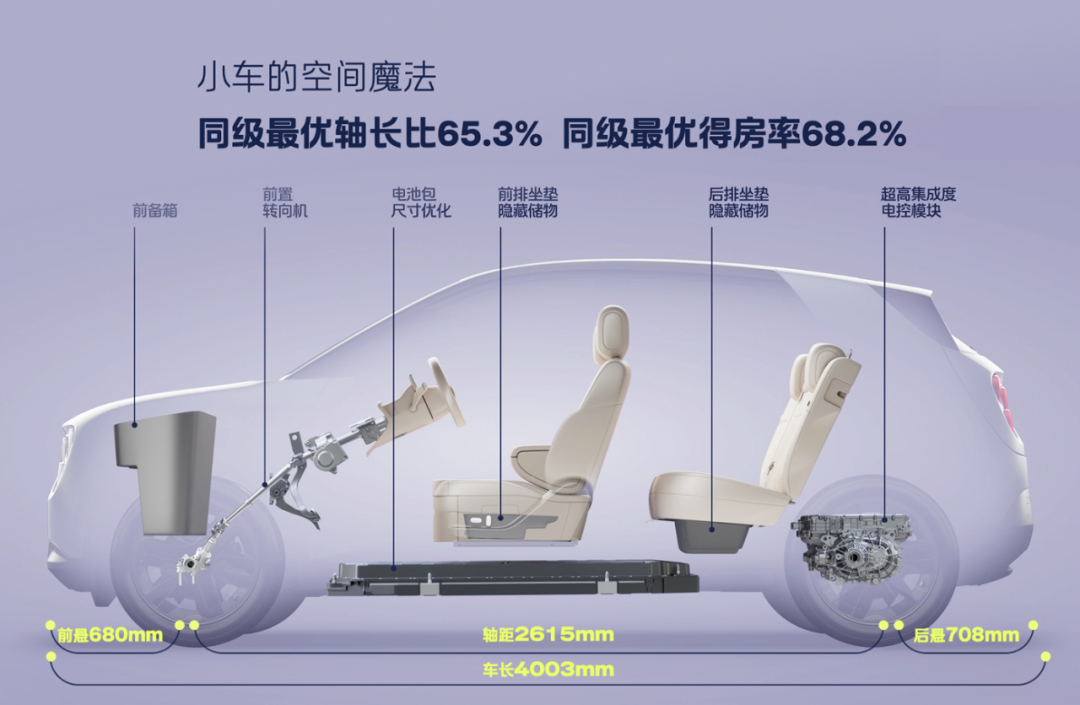
Furthermore, the rear seats can be folded in two steps to form a completely flat surface with the seats themselves. Coupled with the launched peripheral accessories, it can not only be used for storage but also allows the seats and trunk to achieve 100% flatness, reaching a volume of 1253 liters, ample space for a mattress.
At the launch event, Jin Ge said that Firefly is also a car that provides emotional value to people, primarily centered around intelligence.
Inside the cabin, Firefly adopts a different interaction mode from NIO cars—a horizontal screen interaction mode. It's equipped with the intelligent voice assistant lumo, powered by GPT continuous commands, supporting large model chatting, role-playing, and other features. Additionally, there's a scenario-based smart desktop, standard magnetic suction anchor points in the rear row, storage spaces directly below the front and rear seats, and the only 256-color multi-layer diffuse ambient lighting in its class.

In terms of assisted driving, Firefly uses Horizon's solution and is equipped with 24 high-performance sensing hardware, including 10 cameras, 1 forward-facing millimeter-wave radar, 12 ultrasonic sensors, and 1 driver fatigue perception camera. With a computing power of 128 Tops, it supports assisted driving functions such as lane change with turn signals, overtaking lane change, and autonomous parking in various scenarios upon delivery.
However, it's worth noting that after delivery, Firefly can only be charged and cannot be swapped for a battery for the time being, as its compatible NIO fifth-generation battery swap stations won't be available until next year at the earliest.
Perhaps due to the temporary inability to swap batteries, Firefly didn't announce the BaaS plan at the launch event and will do so after August.
Jin Ge said at the post-event communication meeting that there were several considerations. First, the pricing of 119,800 yuan is already very competitive. Second, being a small car, the price difference between BaaS and non-BaaS is relatively small compared to other larger cars, so the impact is not significant.
Lastly, it's strategic not to reveal all the cards at once. Introducing BaaS in August is intended to drive a second wave of growth and launch services in phases.
It seems that Li Bin still has a few tricks up his sleeve for this small but mighty car.







